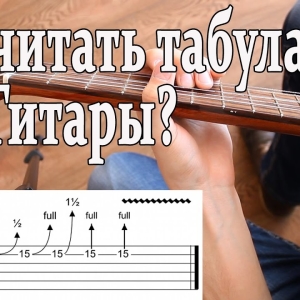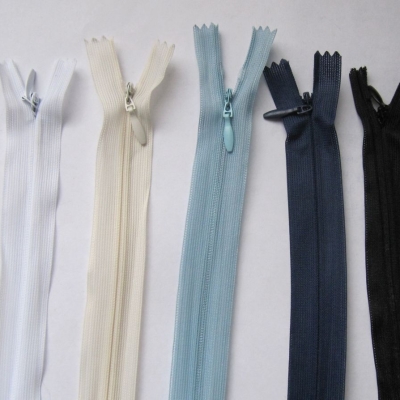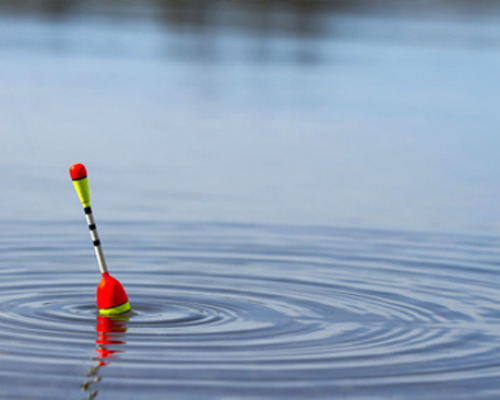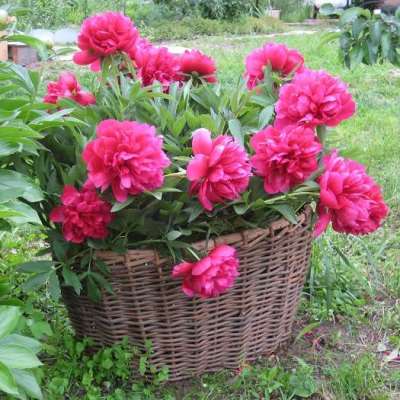It often happens that it seems like simple expressions and the concepts of PI care, it turns out and not too understandable. So often happens with the comparative characteristic of such concepts as root and rhizome. Let's find out in more detail what the difference in these concepts and what is each of them.
Differences of concepts
It is not at all surprising that these two organs of plants are confused, because they are similar not only by name, but also in appearance. How to understand this situation will tell biology, and let's start with the consideration of higher plants, more precisely, their composition:
- Escape is this part that is located above the ground surface. One of the main components of this part is stem. It is on it that the kidneys are blooming and putting the leaves. This part is needed in order for the plant to feed on (in this case by air), and also multiplied.
- Under the soil surface is another important component of the plant - the root, due to which the plant is tightly sits in the ground.

- In order to be able to perform some additional functions, some plants are modified. In an example, such a plant can be given as a cactus, it modifies its leaves, turning them into the needles in order for evaporation from the surface to decreased at times.
In order to distinguish the root from the root, it is necessary to figure out their structure and find out the features. And let's start our consideration from the root.
Root and root
The root is a vegetative type organ that is underground. From the apparent, side and main root and forms the entire root system. If the plant develops under conditions where water is very deeply, then he has the most developed main root with side branches. If the water is completely close and there is a lot of it, then the root develops a beam. To increase moisture suction area. Plants, like people, try to adapt to the environment and its features.
Rhizomes, as in principle, and root, grows underground, but only consists of rhizome from intersals, which have an extended form. From this, it can be immediately concluded that the rhizome is escape, only modified and not over the ground (as in a typical case), and under it. The roots of the roots that are apparent are developing on the rhizome, but in the very nodes and there are various kinds of kidneys and leaflets (parallel housing holders).
It should be noted that these bodies differ not only by anatomical features, but also by their available functions:
- The main function of the root is the accumulation of the reserve of prisoners, it is for this reason that its size is constantly increasing (thickened). In order to propagate the plant in a vegetative way and you need this organ - rhizome. It is not at all surprising, because there are also kidneys, and leaves, in general, all that is necessary for full and operational development.
- It is the weeds most often possess such a body that, of course, cannot do not upset gardeners and gardeners, because it is very difficult to remove such plants from the site.
Thanks to the roots of the plant are also developing, but at the same time, they do not have any kidneys, no leaves. It turns out that, in fact, the process of photosynthesis does not at the root, unlike the root.
Essential features of underground authorities
There are also a number of features that it is worth considering:
- In the roots there is no chloroplast, unlike the root.
- There are no kidneys and leaves on the roots, and there is a rhizome.
- Root - vital part of the plant
- Rhizome - Escape, which is modified and located underground.
- Located rhizome under the ground most often in a horizontal position (there are exceptions from the rules).
- The main goal of rhizomes is to enable the plant to multiply in a vegetative way, which is why they are so hard to withdraw from the site. The gardener digs the rhizomes, but if you leave at least a small part of it, soon the plant will resume and continue to develop and multiply in the site.
- As for the appearance, it is possible to distinguish the root and rhizome if you look closer to them. They are similar to the structure, but at the same time are not identical:
- It is much thinner and easier in the structure - there is a rod, less strong processes are already departed from it.

- As for the rhizomes, it is difficult to detect the "main" part there, because it consists of the mass of small roots woven between the failure of a single whole (it is extremely difficult to separate their each other).
- If you dig the root of the plant and leave it a small part in the ground, the probability of recovery is approaching zero.
- If the rhizome is not completely digging, then the plant will recover in operational mode.
If you give examples, it can be noted that the roots are inherent in trees, but the rowing is dandelion.






























